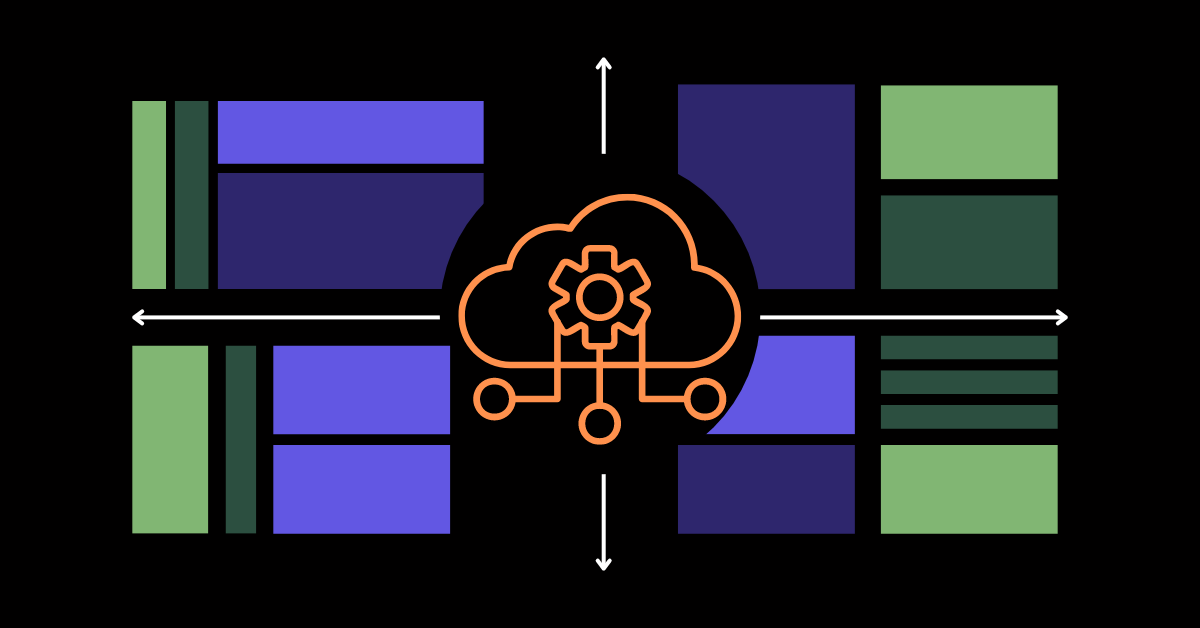This article contains affiliate links – but that doesn’t mean this piece is an ad.
All content is our honest take on the service/product and incorporates our
real thoughts and experience using it.
As we gear up for an exciting 2024, it’s crucial to have a comprehensive understanding of your Vertical SaaS Market Map. Why? The time for growth is right now. You want to be prepared.
In 2021, less than half of all companies used SaaS applications. Experts expect more than 80% of companies will use them by the end of 2024. You want to get your name out there and start getting customers as fast as possible.
This guide will help you navigate your journey toward exponential growth in the vertical SaaS markets.
We’ll dive into the nuanced distinctions between vertical and horizontal software in the SaaS industry. We’ll discuss AI for SaaS businesses and how you can have it all. But you’ll need some patience, a ton of A/B testing for SaaS companies, and a willingness to refine your strategies over and over again.
It’s time to set you up with a robust framework to select the most beneficial approach for your target market. Let’s get vertical!
Ugh. That was awful.
Table of Contents
What Does Vertical Market Mean Exactly?
Let’s define what we mean by “vertical market.”
A vertical market is a specific industry or niche that has its own unique needs and characteristics.
Examples of vertical markets include healthcare, legal, finance, education, etc…
Why is Understanding Your Vertical Market Map Important?
Now that we understand what a vertical market is, why is it important to comprehend your market map?
For starters, customers’ needs and pain points in one vertical may differ greatly from those in another.
By understanding your specific vertical market, you can tailor your product or service to meet the specific needs of your target audience. This targeted approach can lead to higher customer satisfaction, retention, and growth.
What Are AI Verticals?
AI verticals refer to the various industries and niches that can benefit from implementing artificial intelligence technology.
AI is a potent resource that can analyze vast amounts of data quickly. Its usefulness has spread to almost every industry.
Some common AI verticals include healthcare, finance, e-commerce, marketing, and customer service. However, as AI continues to advance and new applications are discovered, the possibilities for vertical markets are endless.
The Benefits – AI for SaaS Businesses
For SaaS businesses, AI can be a game-changer. AI technology can significantly improve efficiency and productivity by automating tasks. What it can do to assist in making data-driven decisions cannot be understated.
Additionally, by utilizing machine learning algorithms, SaaS companies can personalize their product or service for each individual customer.
Grasping the Concept: Vertical vs Horizontal Software

We’ve gone over the vertical. Does a horizontal exist? It sure does.
There are some key differences between vertical vs horizontal software. That’s why it’s so important for you to have buyer personas set up and ready to go. Vertical software is tailored to a specific industry. Horizontal will work in any industry.
While both serve the SaaS industry, their target markets, and functionalities vary significantly.
- Vertical SaaS caters to specific industries or niches, providing tailored solutions for their unique needs.
- Horizontal SaaS offers a broad range of products that can be used across various industries.
In other words, vertical SaaS focuses on depth, while horizontal SaaS emphasizes breadth. As a result, the strategies for building and scaling these two models also differ significantly.
Building the Foundation for Your Vertical SaaS Market Map in 4 Steps

Everyone’s vertical SaaS market map is going to be a bit different. But every startup should use the following four steps as their focal point. Take this guide and branch out as you need.
1. Crafting Your Roadmap: Market Research in Vertical SaaS
The first step towards growth in the vertical SaaS market is thorough research.
If you don’t know your SaaS product market fit, then there can be no product. There has to be a problem your product can fix. Your solution needs to be better than anything else available.
We’ve mentioned this before. Most startups fail because they didn’t do the research before they launched.
Understand your target industry, its pain points, and what solutions already exist in the market.
You’ll be able to identify gaps and opportunities for differentiation.
Additionally, it would be best if you also researched your target audience – their preferences, needs, and behaviors. This data will inform your product development and go-to-market strategy.
2. Designing for Niche Markets
Target audience identified? Check!
It’s time to develop a product that caters to their needs.
This is where the depth of vertical SaaS comes into play. You should tailor your solution to address the pain points and challenges your niche industry faces.
The vertical SaaS market is exploding right now. Mediocrity will not lead to success in the present or the future.
For example, you see a gap in the healthcare industry. Medical scribes are a big deal these days. But there is x problem. If you find a way to build y solution, every scribe in every hospital in the world will want to use your software.
It’ll make their lives easier. They’re faster and more productive.
Moreover, it would be best to continually innovate and upgrade your product based on market feedback to stay ahead of the competition.
3. Penetrating the Vertical Market
Vertical SaaS requires a more targeted and personalized approach than its horizontal counterpart.
This includes:
- Leveraging industry-specific channels for marketing and sales
- Building strategic partnerships with key players in the industry and making influencer onboarding a priority
- And using exceptional SaaS customer support best practices tailored to their needs
This personal touch is crucial for success. It’s all about bedside manners. Your sales team has to be smooth and knowledgeable. Marketing must be clever about encompassing that part of your brand voice into their tactics.
4. AI for SaaS: A Revolution in Niche Markets
Finally, we cannot discuss the future of vertical SaaS without mentioning the impact of AI for SaaS businesses.
It’s transforming niche markets by providing advanced analytics, automation, and personalization capabilities.
AI allows vertical SaaS solutions to become even more tailored to their target industries, enhancing efficiency and customer satisfaction.
Embracing AI in your product development will give you a significant advantage in the vertical SaaS market.
The Vertical SaaS Market Map – A Key Player in Achieving Optimal Growth
Understanding your vertical SaaS market map is critical to achieving optimal growth.
This understanding enables you to tailor your product or service to target specific industries. It ensures that you meet their unique needs. You are paving the way for increased customer satisfaction and growth by prioritizing it.
The AI verticals are expanding rapidly. AI for SaaS companies offers immense potential to enhance efficiency and customer personalization.
By grasping the concepts of:
- Vertical vs horizontal software
- Conducting thorough market research
- Designing for niche markets
- And penetrating vertical markets with a targeted approach
You can navigate your path to success.
A thorough comprehension of your vertical SaaS market map is key to unlocking unprecedented growth prospects in the ever-evolving SaaS landscape.
Thanks for visiting our blog. If you’re thirsty for some more, check out this post on how to create a great SaaS referral program.





Thanks for sharing. I read many of your blog posts, cool, your blog is very good.
It’s our pleasure, glad you are finding them helpful!
Your point of view caught my eye and was very interesting. Thanks. I have a question for you.
It is our pleasure! You are welcome to email any questions you may have to maddy@techtonic-marketing.com.